Recipe: Allan Eccles opens Gimlet with a classic seafood salad
Young gun Allan Eccles finally gets his knives out: ‘for me seafood is the biggest luxury in life. We are so lucky to have access to such high quality and diversity.’
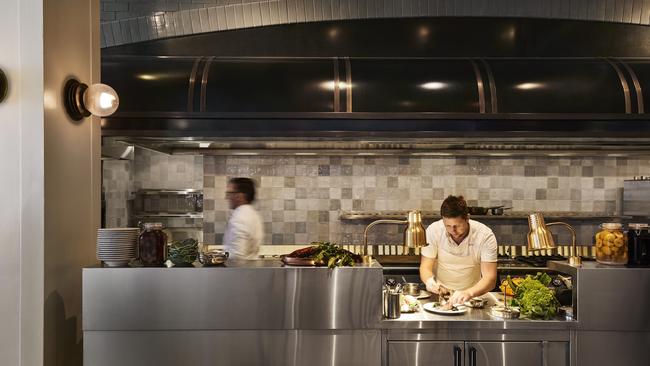
Picture the scenario: the dream job has opened up and you have the gig. You’ll be head chef at one of the most beautiful, most talked about new restaurants in Australia, working for a restaurateur widely respected for everything he does. The location, in central Melbourne, is a gem; the site is glorious and the fit-out both refined and expensive.
This is going to be a hell of a year for chef Allan Eccles after working for one of the great chefs of Australia, Dave Verheul, down the road at Lesa. The pre-launch hype is huge; the goodwill towards the project is palpable. Everyone wants “the new Andrew McConnell place” to fly, and Eccles is carrying a substantial weight of responsibility on his shoulders.
The doors open — and COVID hits. Gimlet is stillborn. Like so many in his trade, Eccles is at the helm of a ship in dry dock. It’s a crushing blow for all concerned, and when you’ve only ever worked at success-story restaurants (head chef at Cutler & Co and next door at Marion) it’s tough.
Finally, however, Gimlet has reopened and Eccles will get his spotlight.
“Staying focused on what’s important and being as positive as I could be in the face of uncertainty was how I came at 2020,” the chef says. “Many of my friends and colleagues were so excited to see Gimlet open, and never had the opportunity to experience the new restaurant. After all of the work, energy and build-up to open, it was hard not to be able to share it with everyone.”
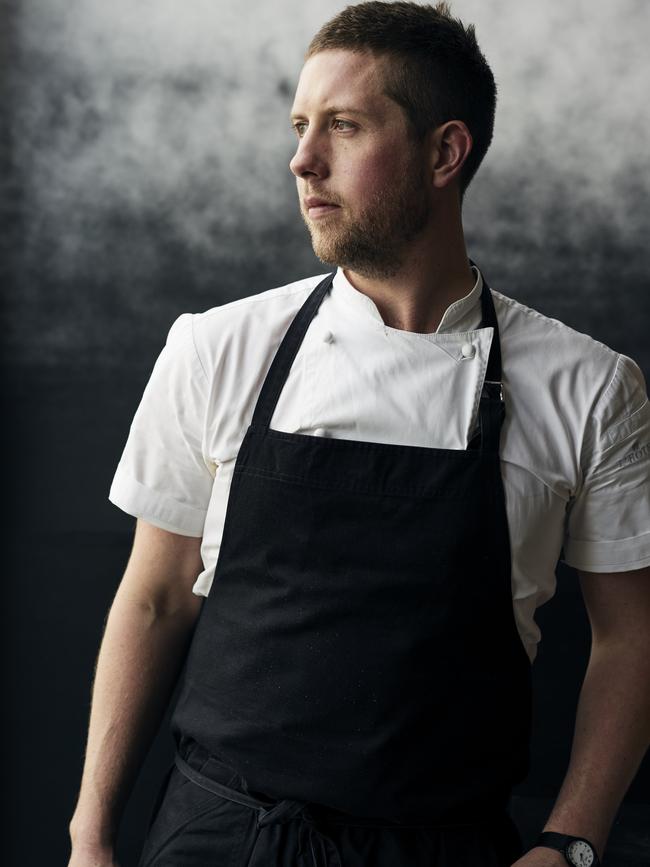
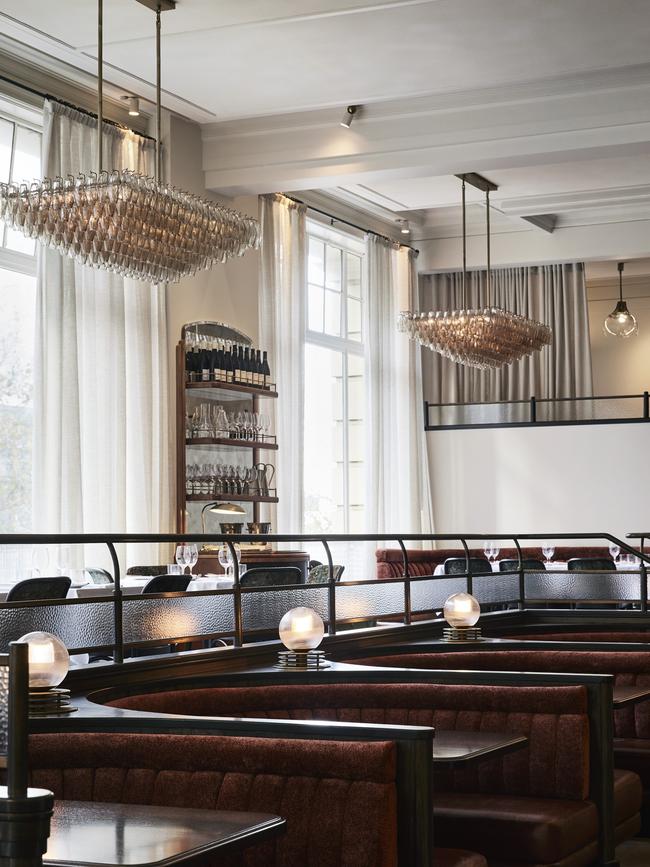
Eccles says he believes diners will be more appreciative of simplicity, comfort and something familiar when it comes to food as a result of this year’s upheaval.
“But after a pretty isolating year, the company you spend time with is really the main event. It’s just elevated by the experience that your favourite restaurant gives you.”
Now 35, Eccles began professional cooking straight from school in the ACT in 2004.
“I always set high goals for myself and dreamed of cooking with Australia’s most influential chefs,” he says. “At the time for me these were names like Tetsuya (Wakuda), Peter Gilmore, Martin Benn, Greg Doyle and Mark Best.”
After finishing his apprenticeship at Canberra’s Pulp Kitchen, Eccles and a chef mate followed a well-worn path, moving to Melbourne, lured by its vibrant restaurant scene.
“I landed a job with a great chef mentor and friend, Simon Arkless, working at Comme with one of the best teams I have ever worked with (all of whom still remain close friends). It opened my eyes not only to a new skill-set and cuisine but what the whole industry has to offer a young chef: diversity in cuisine, ethnicity and culture started to shape me.”
Eccles's next step was a transfer to Fitzroy as part of the opening team at boss McConnell’s Cutler & Co. He was green and “totally out of my depth”, and the experience made an impression.
“So much, in fact, that it became my mission to return a couple of years later and immerse myself in the job,” Eccles says. So, after a stint back in Canberra, he returned to the McConnell fold.
“I’ve worked for Andrew eight years now,” he says. “I started as a commis (junior) chef at Cutler and left as the head chef. I can certainly say that after such a long stint with Andrew and his team it has been the biggest influence on my career and who I am as a chef now.
“What’s important to me now is cooking food that plays its part in the whole experience at Gimlet. The food is refined but not complicated. It won’t distract you from enjoying all aspects of the hospitality, I hope. It relies on the best produce I can get into the kitchen and should leave you with a sense of satisfaction and comfort.”
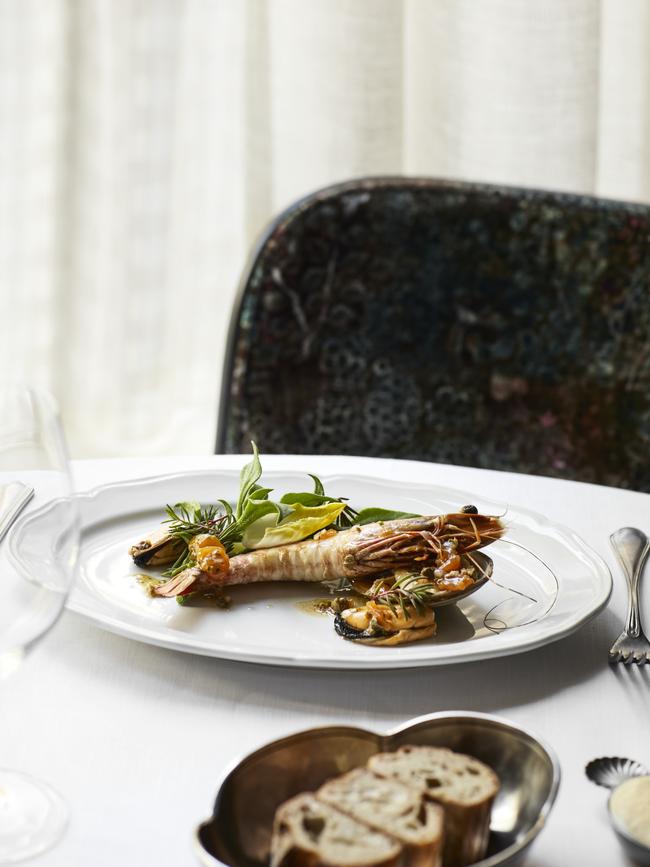

The backstory
“The first time I walked into the vacated space that was to become Gimlet it gave me an overwhelming sense of excitement about what it was to become,” Eccles says. “The room told you what it wanted to be. I could instantly relate this mental image right down to the dishes that we would cook … classic, timeless and refined.”
A vibrant salad makes a great starter any time of the year. “Our take at Gimlet features prawns, mussels and clams,” Eccles says. “The base flavour of this salad is made using a batch of tomato vinegar that we made last summer when tomatoes were at their peak.
“The vinegar is balanced out with the fresh salinity of wild coastal plants, the sweetness from preserved cherry tomatoes and the richness from vegetables lightly cooked and marinated in olive oil.”
The dressing is made from fermented tomatoes and that tomato vinegar.
Eccles also adds a good amount of the chopped coastal herbs to the dressing to bring a natural salinity rather than relying on acid from citrus or vinegar alone.
“I wanted something bright fresh and complex,” he says. “For me, seafood is the biggest luxury in life. We are so lucky to have access to such high quality and diversity. This dish represents exactly what I want to eat at Gimlet. The best produce, served naturally, prepared with experience and confidence, and with just enough luxe to make you feel like you’re doing something pretty special.”
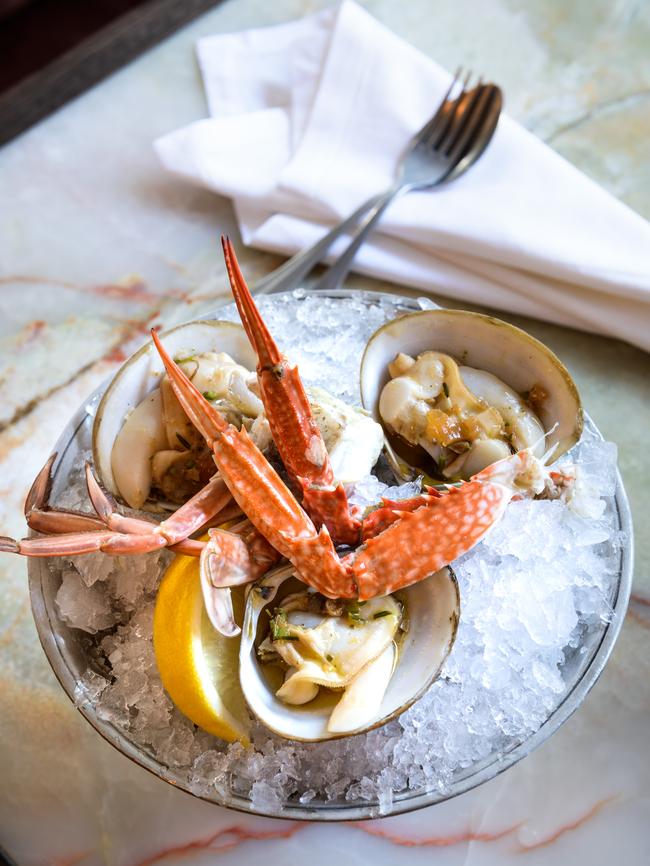
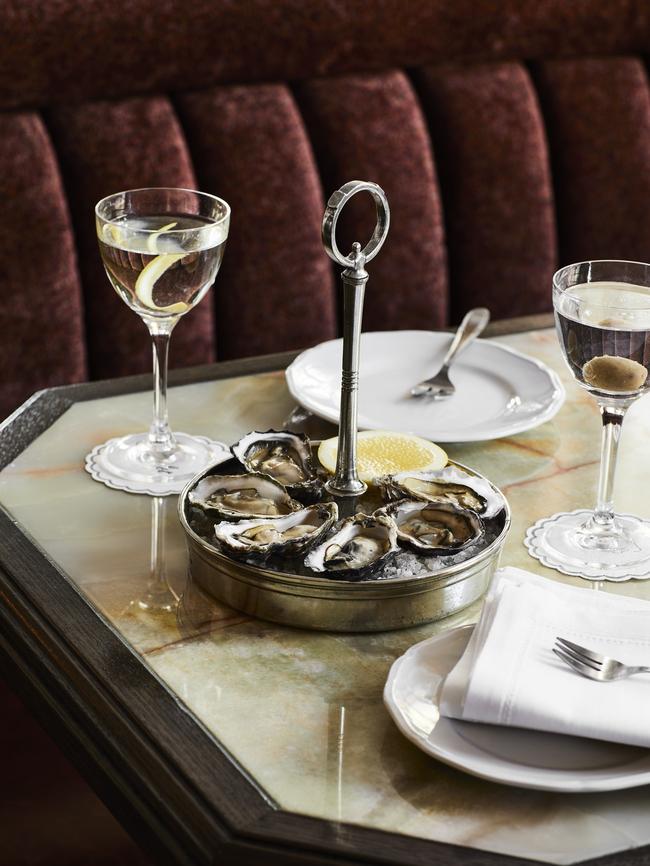
The produce
The seafood for this dish will change with the seasons; whatever is freshest and best available.
“What’s important is how it works together to offer different textures and flavours, with preparation that highlights the integrity of the produce.”
Typically, the Gimlet kitchen will use mussels from Portarlington on the Bellarine Peninsula, king prawns from Skull Island in the Gulf of Carpentaria, the biggest prawns in Australia, scallops from Port Phillip Bay or Kangaroo Island, strawberry clams from Eden, sea urchin from Tasmania or the NSW south coast, and King George whiting and garfish from Corner Inlet, Victoria’s South Gippsland region.
The wild herbs come from Melbourne-based forager Mick Arundel; he has supplied McConnell restaurants for more than a decade.
“Being a seafood dish, we amplify the salty briny and fresh flavours with coastal herbs like karkalla, rock samphire and sea blite,” Eccles says.
The vegetables are grown by Ramarro Farm in Mount Dandenong and Somerset Heritage Produce near Seymour, an hour north of Melbourne.
“One of the most exciting days in the restaurant is when we receive the delivery from our farmers. They all practise regenerative permaculture with biodynamic principles … There is always a running conversation around what we want to cook with and what amazing crop they have perfected, or what they are planning and growing for the coming seasons. It keeps us so in touch with the seasons, makes us plan ahead and is definitely one of the most inspiring parts of the work we do.”
The method
For all that there are many ingredients, and steps, this dish is actually very straightforward. A marinade for the vegetables is made with lemon, herbs and oil before the vegetables are prepared, blanched and dressed with the marinade. The seafood is carefully cooked and the tomato dressing made. A salad of leaves and succulents is prepared. Everything goes on a plate.
The twist
“What makes this dish unique is the balance of rich protein from the seafood with briny acidity from the dressing and plants,” Eccles says.
“I wanted to avoid using any dairy or eggs bringing this dish together. It always needed have cohesion … but without the obvious dressing or sauce usually matched with seafood.”
The price
$29

To join the conversation, please log in. Don't have an account? Register
Join the conversation, you are commenting as Logout